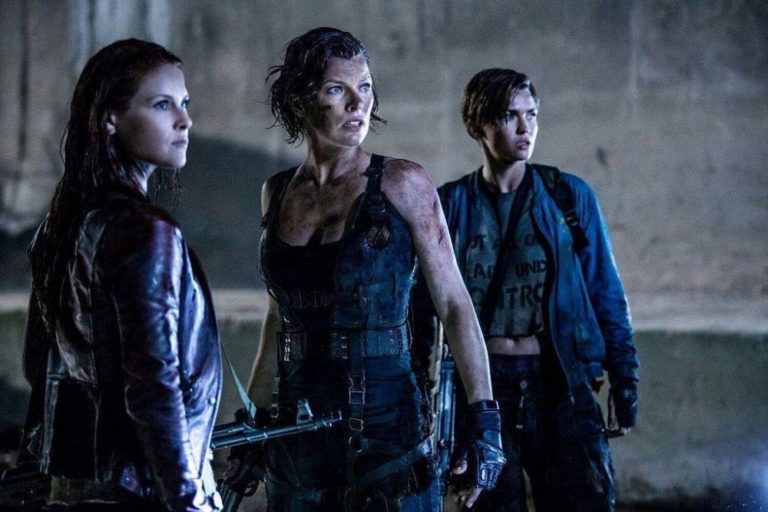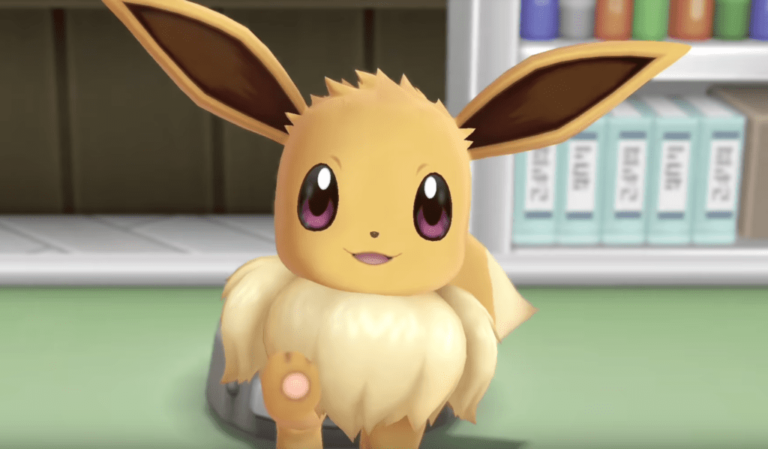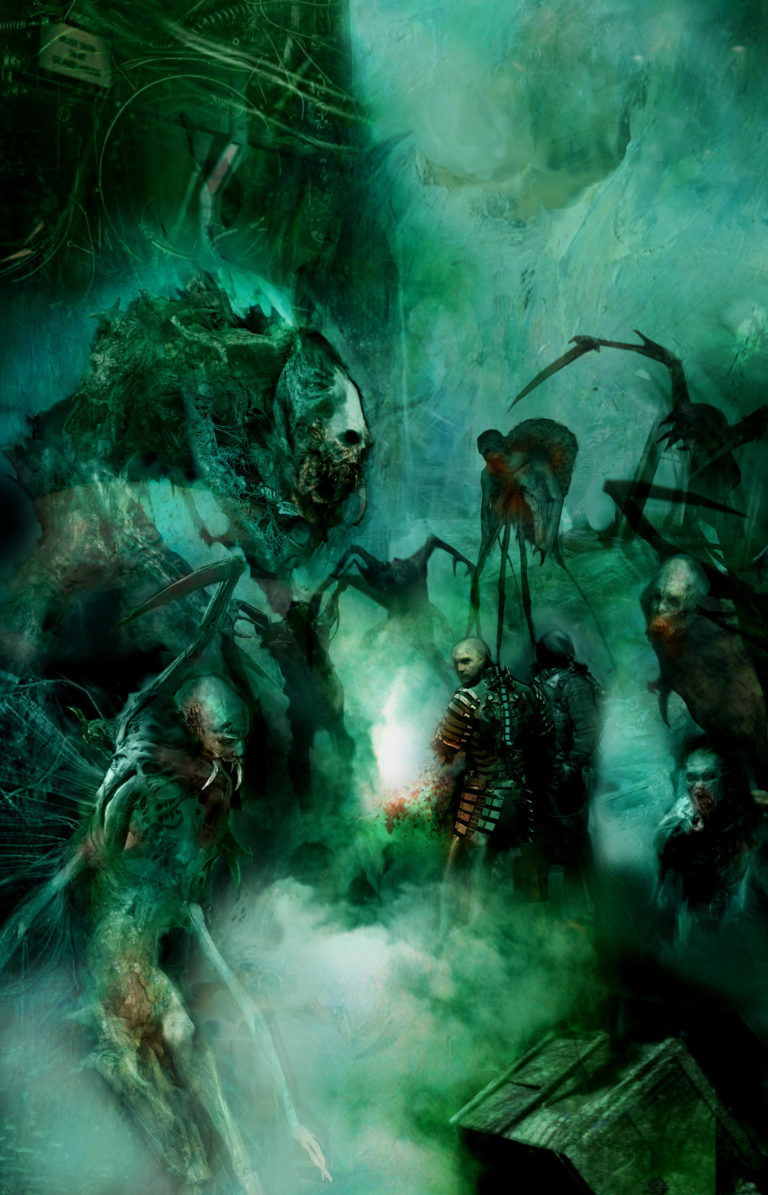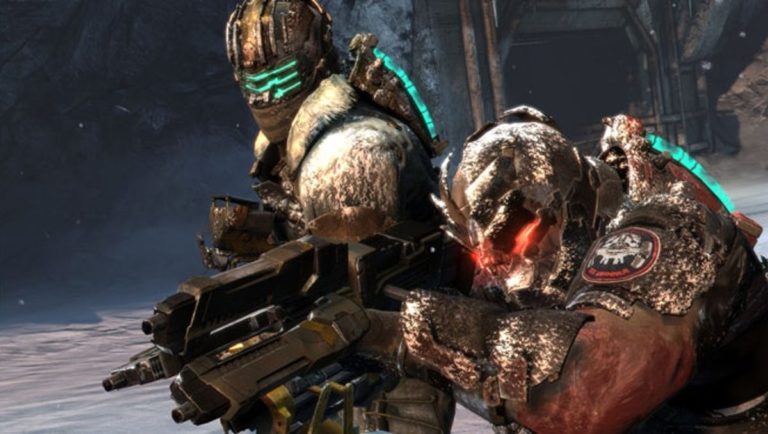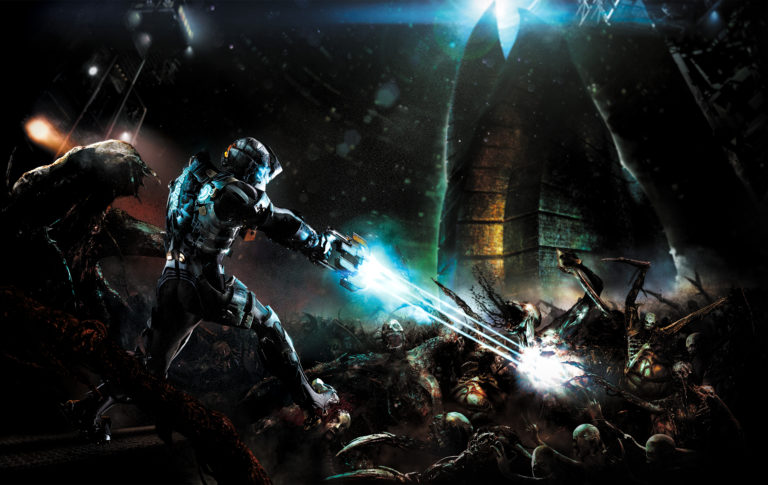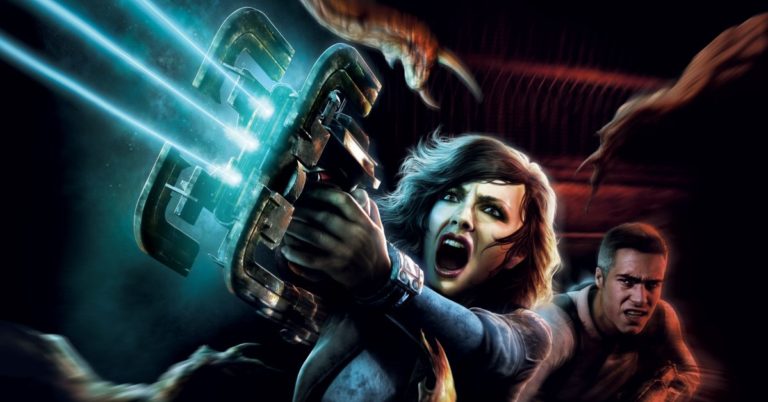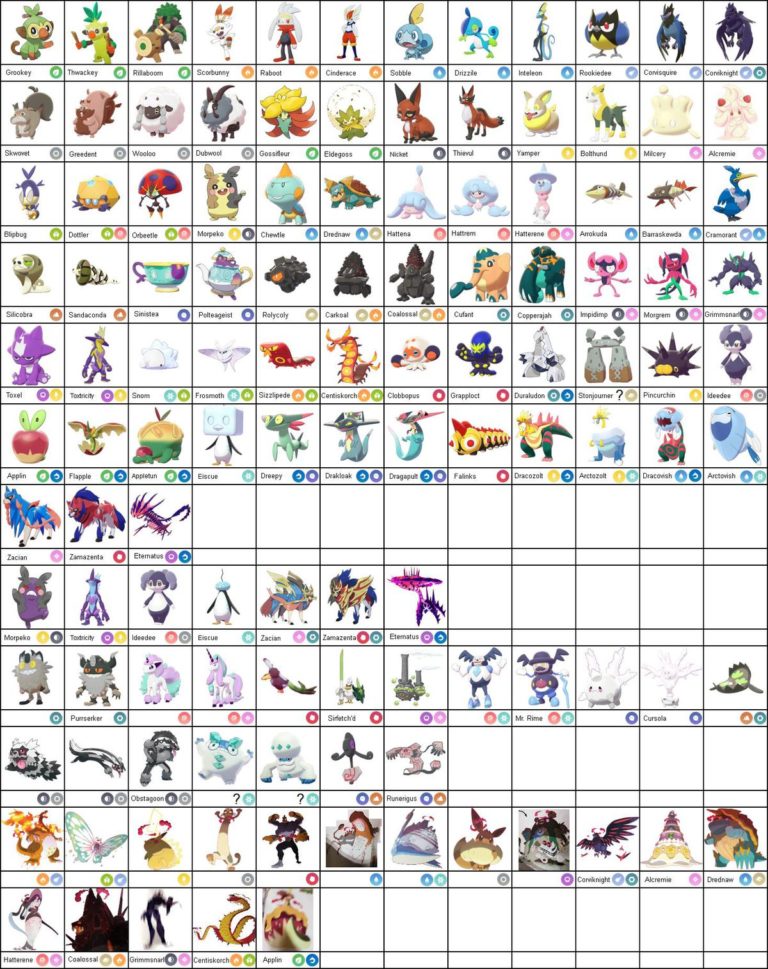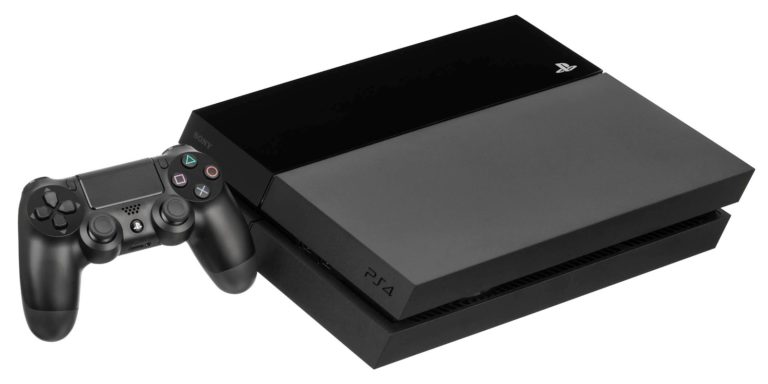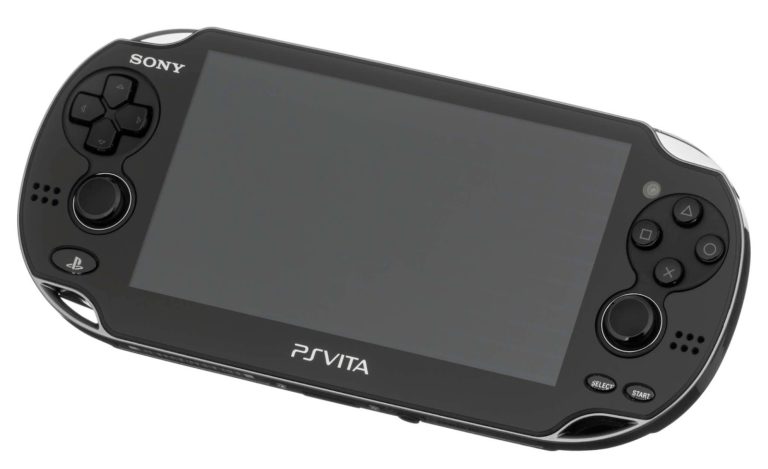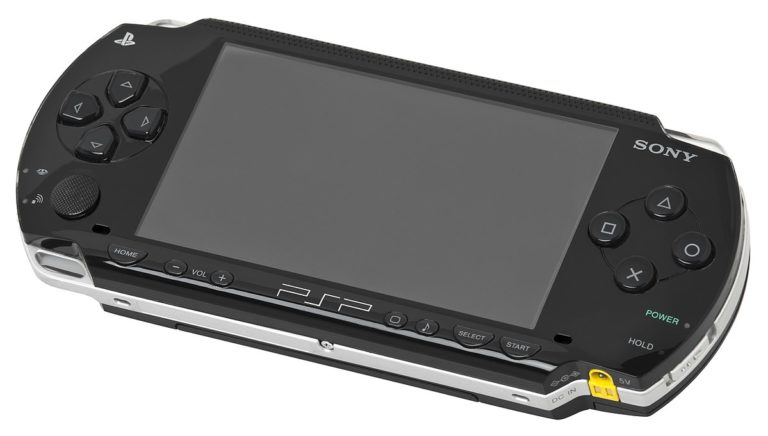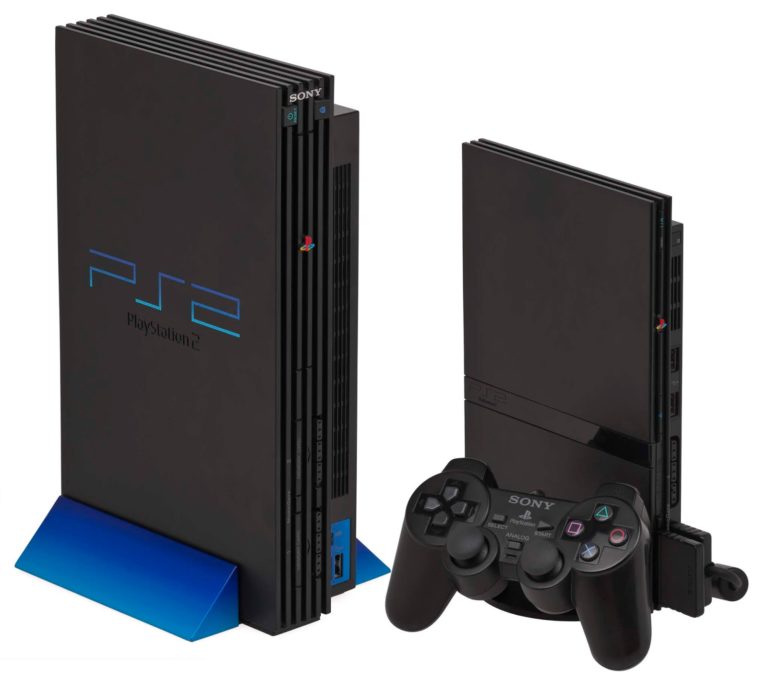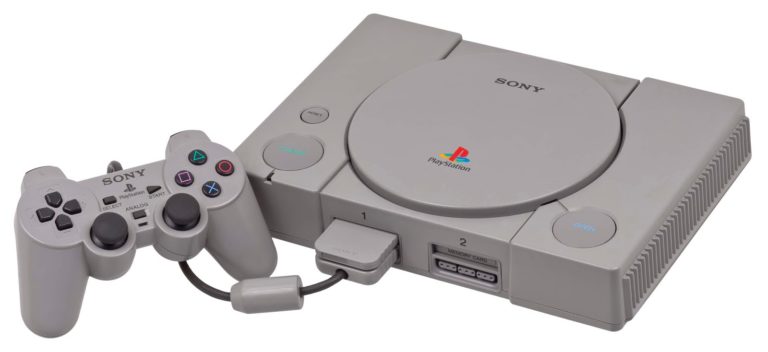Welcome back to the Resident Evil retrospective! …yes, you read that correctly. It’s been more than seven...
video games
It has been a while since I did a Pokemon Love/Hate and you may notice that there...
From the very beginning Dead Space was conceived as a multi-media franchise. To that end it managed...
Man, I was being nice to this game back when I wrote my original review of it....
Welcome back to the next entry in the Dead Space Love/Hate series. Today we’re going to be...
For the second entry in the Dead Space Love/Hate series, we have Dead Space: Extraction, the shockingly...
Dead Space is one of my favourite video game franchises. It’s like it’s made to appeal to...
In case I haven’t made it obvious yet, I love the Dark Souls franchise. I adore the challenging,...
Over a year ago I wrote the first of what would become my Love/Hate series, a retrospective...
Love The Games – The PS4 has been a massive success and that mainly comes down to...
Love Amazing Hardware – The hardware of the PS Vita is, simply put, fantastic. In fact, I’d...
Love Great Hardware – The PSP was a really great little handheld. It was very well-designed, felt...
Love Built-in DVD Player – Having a CD player in the PS1 was a nice convenience, but...
Hey, it’s time for another Love/Hate series! This time we’re going to be going through each of...
